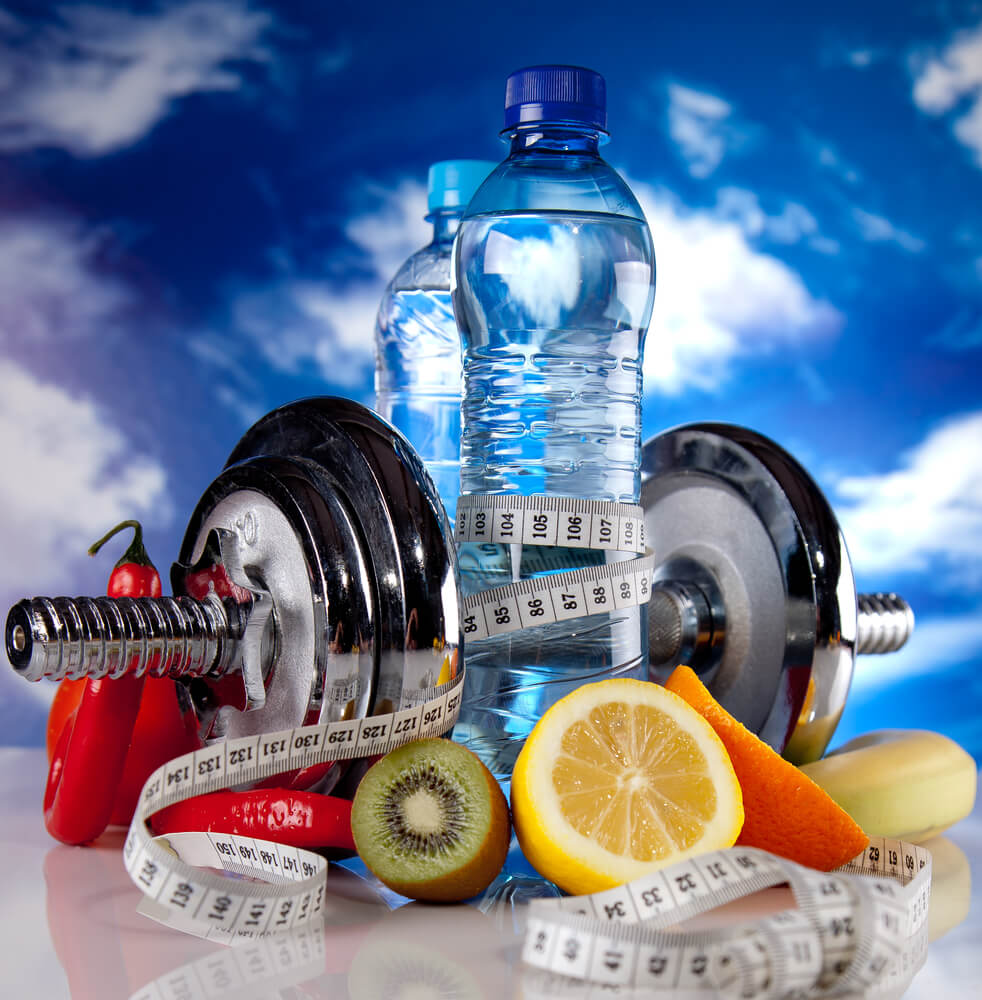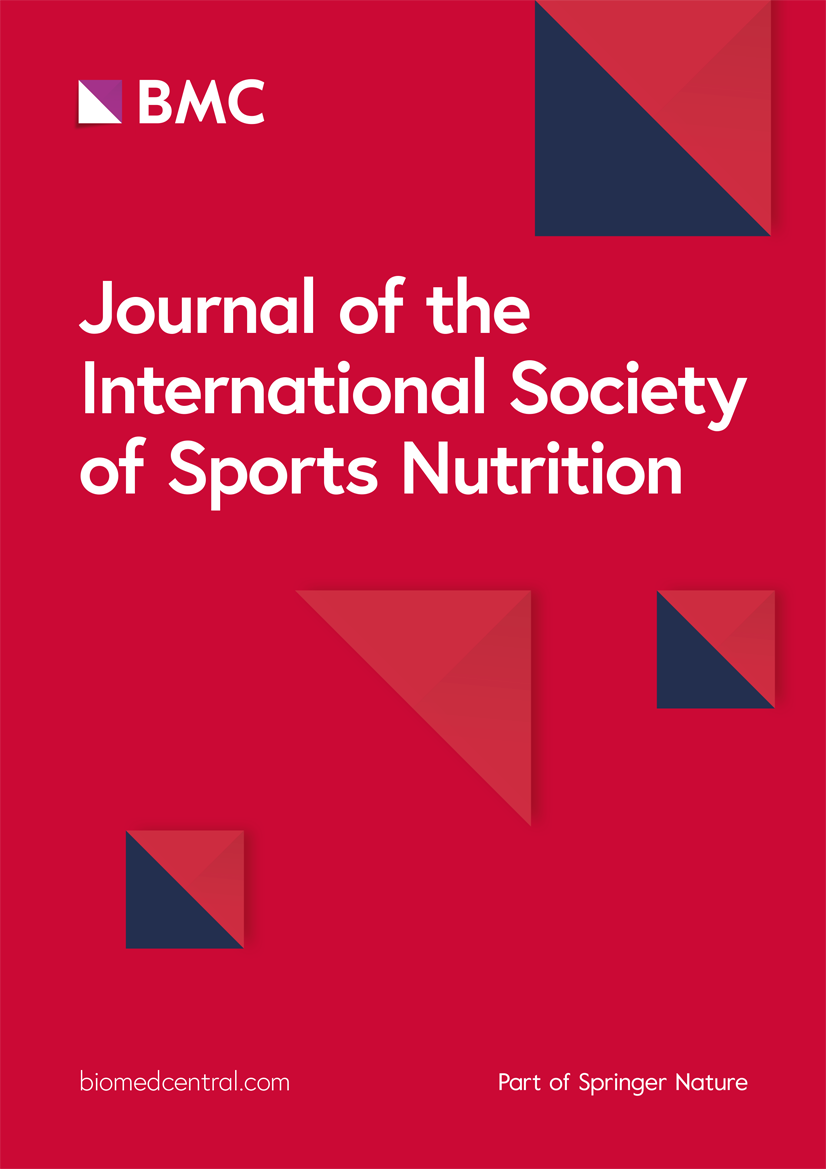Sports nutrition jobs
At minimum, you should drink about 16 ounces of water two to three hours before exercise, and about 4 ounces every 15 to 20 minutes while exercising. It’s also important to make sure you’re drinking plenty of water throughout the entire day https://idpnet-rs.com/.
Whether you are looking to gain strength, adjust body composition, optimize training and performance, heal your relationship with food, or understand the importance of nutrient timing and hydration, a sports nutrition expert will help understand your unique needs to set you up for long-term success.
3. Dipla K, Kraemer RR, Constantini NW, Hackney AC. Relative energy deficiency in sports (RED-S): elucidation of endocrine changes affecting the health of males and females. Hormones. 2021 Mar;20(1):35–47.
Just answer each question, and in less than a minute, you’ll have a sports nutrition plan that’s 100 percent customized for your goals, including the amount of calories, protein, carbs, and fat you should eat.
You can help people build sustainable nutrition and lifestyle habits that will significantly improve their physical and mental health—while you make a great living doing what you love. We’ll show you how.
International society for sports nutrition
Meat proteins are a major staple in the American diet and, depending on the cut of meat, contain varying amounts of fat and cholesterol. Meat proteins are well known to be rich sources of the EAAs . Beef is a common source of dietary protein and is considered to be of high biological value because it contains the full balance of EAAs in a fraction similar to that found in human skeletal muscle . A standard serving of 113.4 g lean beef provides 10 g of the EAAs (3.5 g of leucine) and 30 g of total amino acids. Moreover, this 30 g dose of beef protein has been shown to stimulate protein synthesis in both young and elderly subjects . In addition to its rich content of amino acids, beef and other flesh proteins can serve as important sources of micronutrients such as iron, selenium, vitamins A, B12 and folic acid. For the most part, these quality minerals and micronutrients cannot be as easily obtained through plant-based proteins and/or the bioavailability of these macronutrients from plants is limited. This is a particularly important consideration for pregnant and breastfeeding women. Ultimately, as an essential part of a mixed diet, meat helps to ensure adequate distribution of essential micronutrients and amino acids to the body.
For example, Moore found that muscle and albumin protein synthesis was optimized at approximately 20 g of egg protein at rest. Witard et al. provided incremental doses of whey protein (0, 10, 20 and 40 g) in conjunction with an acute bout of resistance exercise and concluded that a minimum protein dose of 20 g optimally promoted MPS rates. Finally, Yang and colleagues had 37 elderly men (average age of 71 years) consume incremental doses of whey protein isolate (0, 10, 20 and 40 g/dose) in combination with a single bout of lower body resistance exercise and concluded that a 40 g dose of whey protein isolate is needed in this population to maximize rates of MPS. Furthermore, while results from these studies offer indications of what optimal absolute dosing amounts may be, Phillips concluded that a relative dose of 0.25 g of protein per kg of body weight per dose might operate as an optimal supply of high-quality protein. Once a total daily target protein intake has been achieved, the frequency and pattern with which optimal doses are ingested may serve as a key determinant of overall changes in protein synthetic rates.
Meat proteins are a major staple in the American diet and, depending on the cut of meat, contain varying amounts of fat and cholesterol. Meat proteins are well known to be rich sources of the EAAs . Beef is a common source of dietary protein and is considered to be of high biological value because it contains the full balance of EAAs in a fraction similar to that found in human skeletal muscle . A standard serving of 113.4 g lean beef provides 10 g of the EAAs (3.5 g of leucine) and 30 g of total amino acids. Moreover, this 30 g dose of beef protein has been shown to stimulate protein synthesis in both young and elderly subjects . In addition to its rich content of amino acids, beef and other flesh proteins can serve as important sources of micronutrients such as iron, selenium, vitamins A, B12 and folic acid. For the most part, these quality minerals and micronutrients cannot be as easily obtained through plant-based proteins and/or the bioavailability of these macronutrients from plants is limited. This is a particularly important consideration for pregnant and breastfeeding women. Ultimately, as an essential part of a mixed diet, meat helps to ensure adequate distribution of essential micronutrients and amino acids to the body.
For example, Moore found that muscle and albumin protein synthesis was optimized at approximately 20 g of egg protein at rest. Witard et al. provided incremental doses of whey protein (0, 10, 20 and 40 g) in conjunction with an acute bout of resistance exercise and concluded that a minimum protein dose of 20 g optimally promoted MPS rates. Finally, Yang and colleagues had 37 elderly men (average age of 71 years) consume incremental doses of whey protein isolate (0, 10, 20 and 40 g/dose) in combination with a single bout of lower body resistance exercise and concluded that a 40 g dose of whey protein isolate is needed in this population to maximize rates of MPS. Furthermore, while results from these studies offer indications of what optimal absolute dosing amounts may be, Phillips concluded that a relative dose of 0.25 g of protein per kg of body weight per dose might operate as an optimal supply of high-quality protein. Once a total daily target protein intake has been achieved, the frequency and pattern with which optimal doses are ingested may serve as a key determinant of overall changes in protein synthetic rates.
EAAs appear to be uniquely responsible for increasing MPS with doses ranging from 6 to 15 g all exerting stimulatory effects. In addition, doses of approximately one to three g of leucine per meal appear to be needed to stimulate protein translation machinery.
Cermak NM, Res PT, De Groot LC, Saris WH, Van Loon LJ. Protein supplementation augments the adaptive response of skeletal muscle to resistance-type exercise training: a meta-analysis. Am J Clin Nutr. 2012;96:1454–64.
Degree in sports nutrition
At a public research university like K-State, you’ll have direct access to research opportunities from the start. K-State undergraduates have studied sustainable energy, cancer cells, musical lyrics and many other topics alongside nationally renowned faculty at K-State’s 90-plus research centers.
In order to be successful in the major, background knowledge in related sciences should be obtained. Students have the option to take the undergraduate courses prior to the start graduate program or as leveling courses during their graduate program. If electing to take these courses while in the graduate program (leveling courses), it may take additional time to complete the other degree requirements due to sequencing of classes.
When you are close to completing your degree, you will begin to apply for your dietetic internship. The internship is a 1,200-hour supervised program required to become a registered dietitian. Some programs do include internships within their curriculum, but many are separate from undergraduate degrees.

At a public research university like K-State, you’ll have direct access to research opportunities from the start. K-State undergraduates have studied sustainable energy, cancer cells, musical lyrics and many other topics alongside nationally renowned faculty at K-State’s 90-plus research centers.
In order to be successful in the major, background knowledge in related sciences should be obtained. Students have the option to take the undergraduate courses prior to the start graduate program or as leveling courses during their graduate program. If electing to take these courses while in the graduate program (leveling courses), it may take additional time to complete the other degree requirements due to sequencing of classes.
When you are close to completing your degree, you will begin to apply for your dietetic internship. The internship is a 1,200-hour supervised program required to become a registered dietitian. Some programs do include internships within their curriculum, but many are separate from undergraduate degrees.

